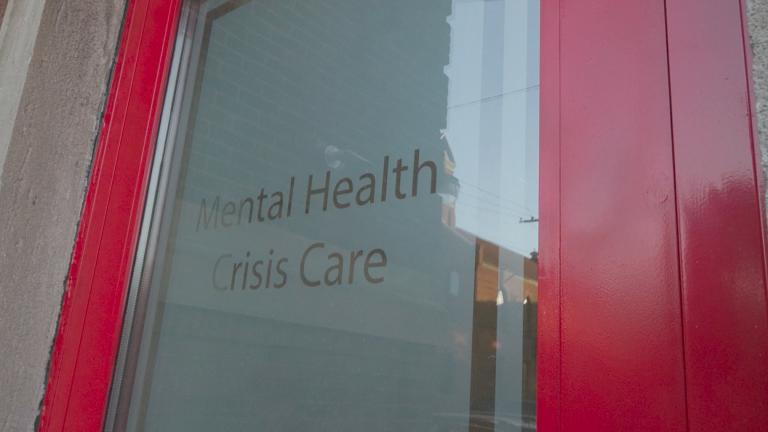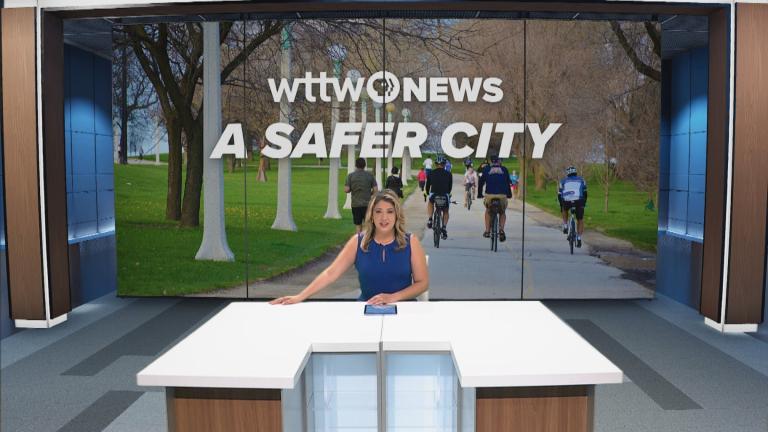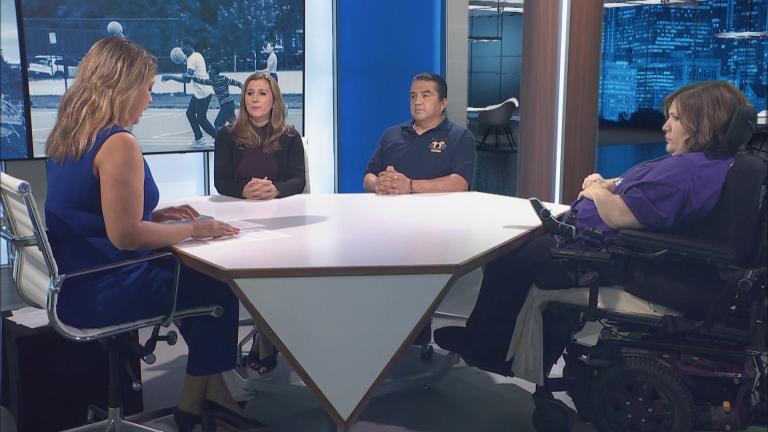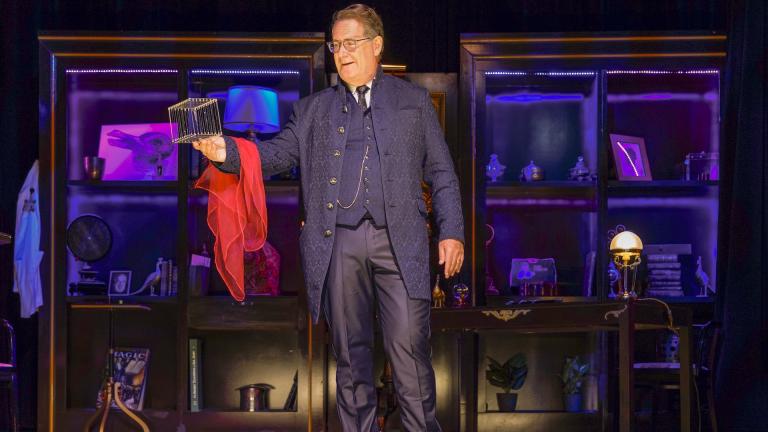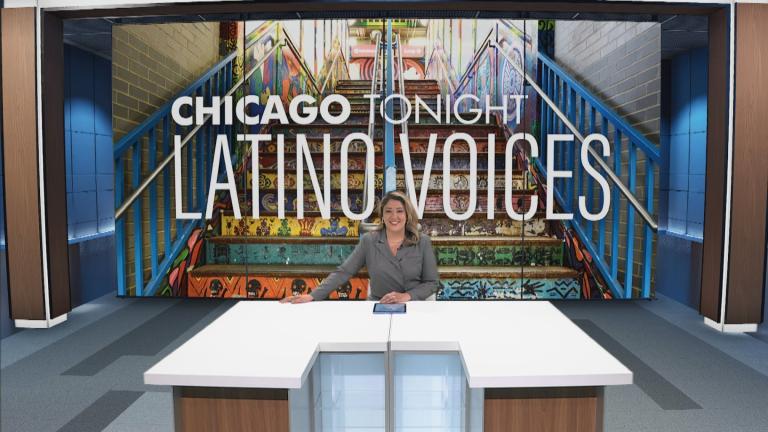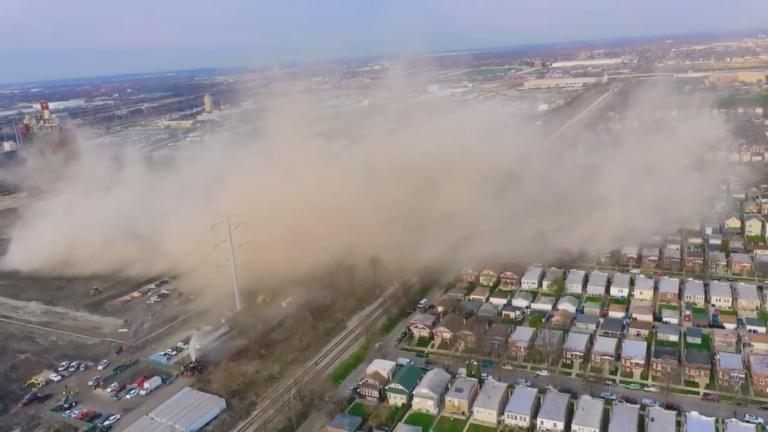Thirteen years ago, Chicago passed the Affordable Requirements Ordinance to address an affordable housing shortage using money obtained from developers building market-rate units.
But over those 13 years, a little more than 1,000 units for households with low or moderate incomes have been built – and for Latino communities, even those units might not be affordable.
Under the current ordinance, units considered affordable are designed for households earning approximately 60% of the area median income, or about $54,000. But the average income for a Latino family, according to a Metropolitan Planning Council report, is substantially less — around $40,000.
This week, a 20-member task force released recommendations they believe will help Chicago increase its affordable housing stock.
We spoke with two housing activists about their thoughts on the recommendations.
TRANSCRIPT
Hugo Balta: The North Side’s Albany Park is one of the city’s most diverse neighborhoods in both the ethnicity of its residents and in its housing stock. But when the 2008 foreclosure crisis hit, the variety and density that makes the neighborhood so lively and vibrant began to fade away.
Diane Limas, Communities United: When we saw cash investors coming in and buying our two- to four-flat buildings and deconverting them into single family homes, we lost a lot of affordable housing. Albany Park is made up of a lot of Latinx families that have lived in the neighborhood a long time and because of the deconversions that were happening, a lot of my neighbors left.
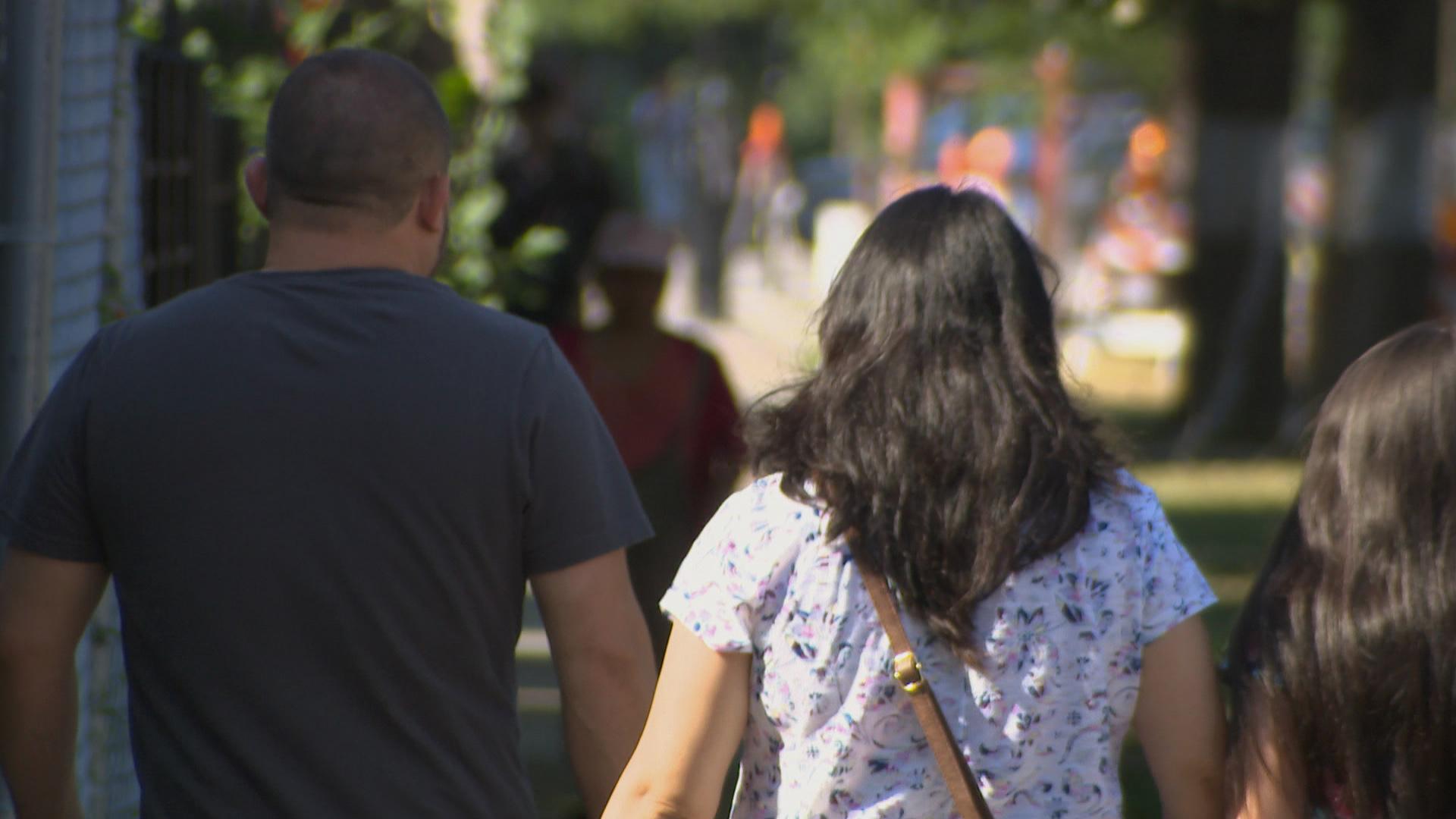 (WTTW News)
(WTTW News)
Balta: By then, the city was already running short on affordable housing, and the problem was getting worse. But rather than trying to get new units built in Albany Park, community activists like Diane Limas fought to preserve the affordability of existing rental apartments.
Limas: I think our two- and four-flats are very unique because they have three bedrooms, they’re family units, and the rents are lower than the other huge apartment buildings. They call it natural occurring affordable housing.
Balta: That fight continues to this day. Earlier this month, the Inclusionary Housing Task Force released a report with several recommendations for updating the Affordability Requirements Ordinance, or ARO, which aims to address the shortfall of over 100,000 units of affordable housing. The task force report cited particular fears of losing Latino population due to rising rents in gentrifying communities like Logan Square, Pilsen and Hermosa.
One of the task force’s recommendations is increasing production of affordable family sized units. In Chicago, the average Latino family has 3.7 members, but fewer than 5% of the roughly 1,000 affordable housing units created in the last 13 years included three bedrooms.
 (WTTW News)
(WTTW News)
Limas: That developers say that that type of unit doesn’t sell. It doesn’t sell if you’re charging at market rate but I guarantee you, you put a two-three flat unit here in Albany Park and keep it below 60% of the AMI it will be one of the first apartments to go. That’s because they’re family units, our Latinx are families.
Balta: Bickerdike Redevelopment Corporation CEO Joy Aruguete was a member of the task force. She says that as circumstances change over the years, the methods the city employs to increase and maintain affordable housing in Chicago have to evolve.
Joy Aruguete, Bickerdike Redevelopment Corporation: We value mixed-income neighborhoods, and one thing for sure is that the market that oftentimes propels, stimulates higher priced housing is not going to provide mechanisms for people to remain in the community. So if we really value mixed-income, healthy communities, then we have to make sure we have the mechanism for that to thrive, and I think the ARO is one of many important tools to help that happen.
Chicago needs to make space for everyone. We rely on workers in all of our communities to teach our children, to make our food, to work in our civic and religious institutions, and they aren’t people who earn a lot of money.
Balta: But the housing shortfall isn’t the only shortfall Chicago has this year. A $1.2 billion gap in the city’s budget means that the solutions have to, at least in part, finance themselves.
Aruguete: The idea largely behind the Affordable Requirements Ordinance has been that it’s a program that supports its own activities and generates revenue that have the same objective, the creation of affordable housing.
Balta: Back in Albany Park, Diane Limas worries about not only the present housing shortage, but even worse shortages to come as the pandemic continues to wreak financial havoc.
Limas: You’re 120,000 units short, imagine what total’s going to be post-COVID. The reality of families becoming, entire families becoming homeless? That’s is truly a reality and a fear that our renters have and are going through.
These are the people that are working three jobs in restaurants and knowing that COVID is out there and still going to work every day.
Those are the people that need the help and we should help them.
Follow us on Twitter: @ekgundy / @HugoBalta / @WTTW / #LatinoVoicesWTTW

